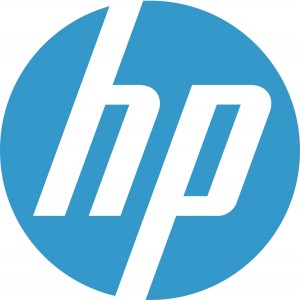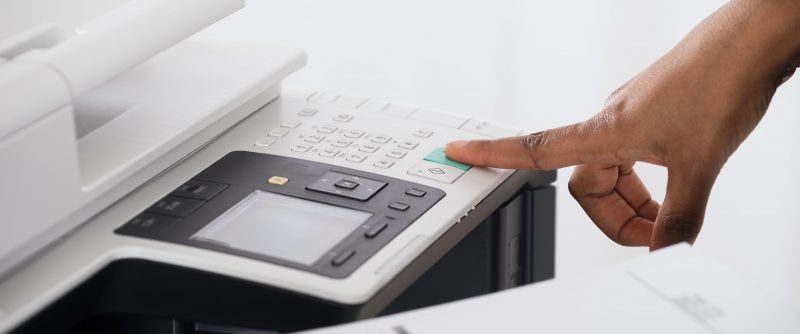This blog post is an excerpt from GovLoop’s recent report, Your Roadmap to More Secure, Cost-Effective Print Management. Download the full report here.
In a 2009 survey of federal employees, the Government Accountability Office found that an average of $440.4 million was spent on unnecessary printing each year. Despite its astronomical cost, little effort was made to reduce this financial burden, even as government agencies found themselves needing to do more with less.
But the growing prioritization of cost efficiency has finally prompted agencies to explore the possibility of print savings. As its potential becomes more apparent, managed print services (MPS) is finding its way into the spotlight.
MPS enables agencies to organize and maintain their print environment by providing visibility into print service spending practices and empowering them to control these costs to maximize efficiency. An organized print environment also means better security when handling sensitive documents.
Despite the cost and security benefits that MPS can provide, agencies often struggle to make the shift. But with the emphasis on better tracking and management of IT costs noted in the President’s Management Agenda (PMA), MPS is expected to gain more traction. As a previously neglected concept, print management is a difficult system to incorporate, with little precedent for its adoption or use in agencies. Not knowing where to start is the biggest obstacle.
A print environment is comprised of the devices used, supplies required, and printer maintenance and security. The issue is that most agencies don’t know everything that goes into a print environment, and it’s not uncommon for printing costs to be scattered and unorganized, leading to redundant or wasted expenses spread across a number of departments.
In addition to the burden that an inconsistent print environment has on budget, security risks are also abundant. Printers today have many of the same risks as computers, smartphones and other devices and can be targeted to steal information. Without a consistent and well-managed print environment to develop structure, agencies are putting themselves at risk.
AlphaSix has developed an easy-to-implement, cost-effective method for managing agencies’ print environments. It requires a relatively small upfront investment with a quick return. The solution is scalable, so agencies can start small and add additional features until all aspects of their print environments are fully optimized and managed.
Implementing this service through AlphaSix is a straightforward process. Below is the six-step roadmap to adoption:
1. Estimate the current environment to develop a rough return on investment (ROI).
2. Load the print management client on each computer to begin tracking habits and usage.
3. Start adding cost-savings features such as policy print and toner savings.
4. Right-size and optimize the printer fleet and service levels.
5. Initiate just-in-time supplies replenishment.
6. Implement secure pull printing.
By following these steps, agencies can save millions of dollars each year while being in complete control of their printing environment. Steps one through three provide a deep understanding of how the print environment is used, while steps four through six provide secure printing and supply management in order to further reduce unnecessary spending.
Managed print services represents a clear opportunity to control IT spending by taming print environments. As a previously neglected topic of focus, the potential for cost efficiency in printing has begun to stir agencies to action. The introduction of MPS into the workplace will create savings where they previously hadn’t been considered.







Great! Helpful and well-organized. Only question is, why isn’t everyone using this?? Unsure why any agency wouldn’t want to take advantage of this technology. Likely because of uncertainty surrounding its implementation. Definitely see this being widely adopted in the near future. Understandable that agencies might want to wait until some best practices have been established. Even I might do the same. Love the article though!